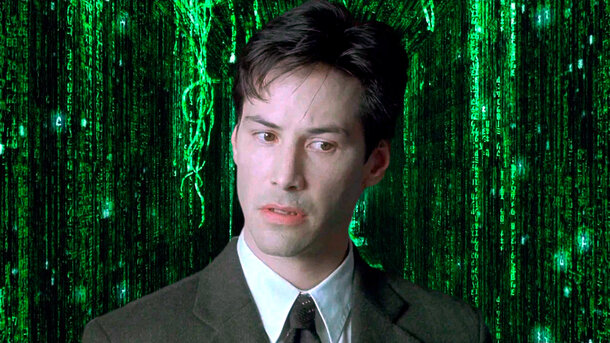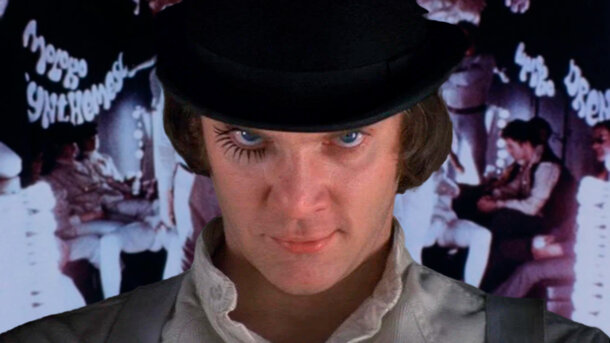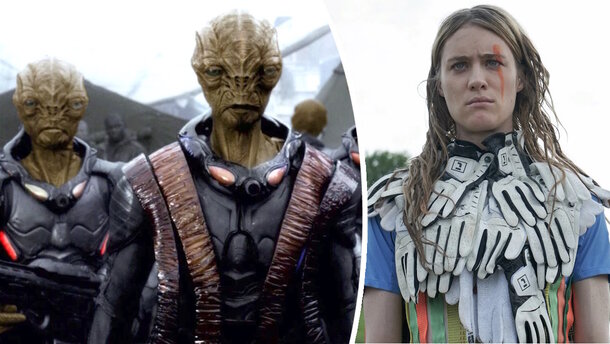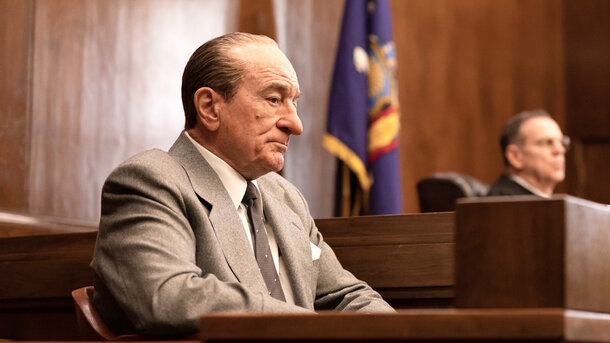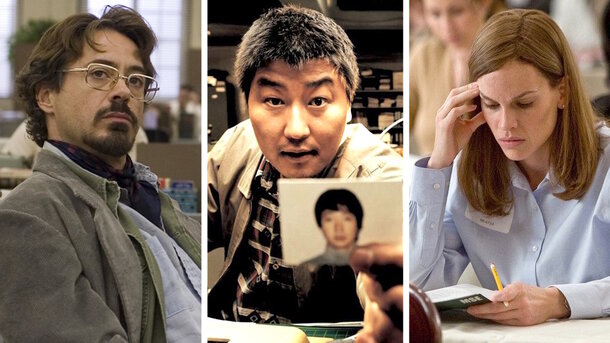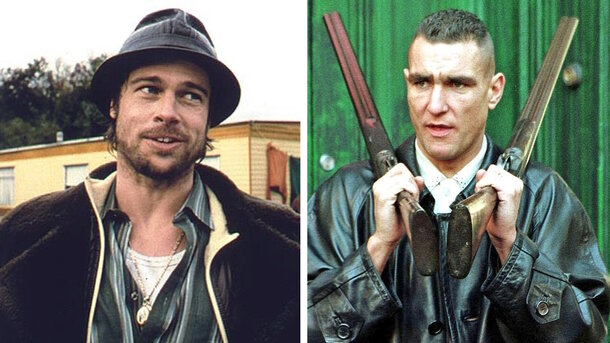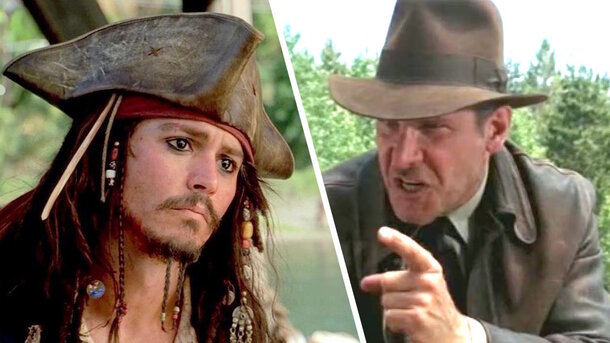This spring marks 26 years since The Matrix first premiered, launching a sci-fi phenomenon that would extend far beyond its original film. With sequels, comics, anime, and video games, the franchise has cemented itself as a cultural milestone. Yet, even the most devoted fans still ponder unanswered questions left behind by the creators.
How did Morpheus know Neo was The One?
Neo believed himself to be nothing more than a skilled hacker, yet Morpheus was certain he was The One from the moment he freed him from the Matrix. But how did he know? The film offers no explicit explanation. Some speculate that Morpheus had been observing Neo’s activities for some time, recognising patterns that aligned with the prophecy. Yet, the filmmakers deliberately kept this ambiguous, letting audiences experience the journey through Neo’s own uncertainty.

Why didn’t the machines use a different energy source?
The Matrix was not just a simulated world — it masked a far darker reality. Humanity had been enslaved, its bodies reduced to bioelectric batteries powering the machine civilisation. But why would such advanced AI rely on such an unpredictable power source? One theory suggests that in this dystopian future, fossil fuels had long been exhausted, leaving humans as the most efficient option. However, the films never explicitly confirm this, leaving the question open-ended.
How did the Oracle know Neo wasn’t truly gone?
The Matrix trilogy culminated in Neo’s apparent death, yet the Oracle confidently stated that they would see him again. Given that The One was more than just a person — he was a recurring anomaly in the system — it’s possible his essence could be reconstructed. This theory laid the groundwork for the video game The Matrix Online, which explored the idea that Neo’s code could be revived in a new form.
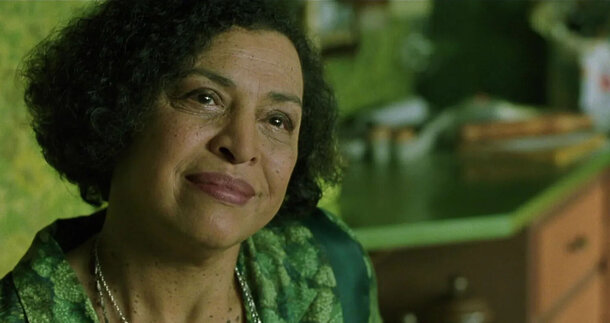
Even after more than two decades, The Matrix remains an enigma — one that continues to spark debates, theories, and endless fascination.


